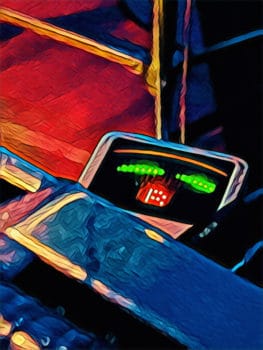As an Amazon Associate Playpedalsteel.com earns from qualifying purchases. This page contains affiliate links.
Practicing music can be very rewarding, and is a great way to improve as a player. However, the challenges of learning countless scales, chords, keys, and positions can often make practice feel dull and boring, like a chore.
Music isn’t meant to feel this way, even in the practice room! One of the best ways to get back to the heart and soul of things is to adapt and change one’s mindset. Using music drones is a great way to rekindle your practicing to find more enjoyment and passion within it.
From improving your ear, to making memorization feel effortless, drones for intonation practice are worth taking deeper look into…
How to Find and Use Music Drones
Finding practice drones to use, and making them easy to play and quick to utilize, will make practicing with them much more pleasurable.
One of the best places to find them is on your favorite music streaming service. There are musicians who have recorded them and made them available online for others to use for practicing music.
If you can’t find them here, then a google search will provide some options. Some higher quality ones are often available for purchase too.
Below are my favorites. They have great sound quality and timbre (who doesn’t love the beautiful sound of the cello!) and they have all of the pitches…
Make a Playlist With Them
Building a quick and easy playlist with the tracks is a game-changer when using these for practicing.
Simply put all 12 pitches or keys (or however you’d like to think of them!) into a named playlist, and save it in your music playing device. This way they are always at the tip of your fingertips in the practice room, ready to be played at any moment.
Plus, having the shuffle and repeat options will be crucial in your practice methods.
Now that you have some good drones to work with, let’s take a look at 10 ways to use them, and deepen your practice sessions…
1. Create Your Own Soundscape
Providing texture for your ears, this is perhaps the most fun way to use a drone in a meaningful way. Using the drone as a soundscape for your ears will help you hear the tones you will be playing from your instrument on a deeper level.
Think of a drone as a backdrop or musical setting for your mind and ears. In a way, they’re like a simpler way of having a bass player play a repeating note that is really in-tune.
This makes practicing scales, chords, and arpeggios incredibly more fun, beneficial, and worthwhile.
Having the practice drone playing in the background, allows your ears and mind to truly hear what each note you are playing sounds like, in context with real music.
After all, how often do we actually perform or jam music with just scales being played with no other music or musicians?
It’s truly amazing how much more pure the musical notes and the tonality of them sound when they are played with a practice drone.
2. Hear Music In a Meaningful Context
This is a fundamental way to benefit from using music practice drones. It’s simple: practice with drones and your ears will thank you!
Sure, we have electronic tuners nowadays, and quickly tuning up and hopping into some music seems like the norm.
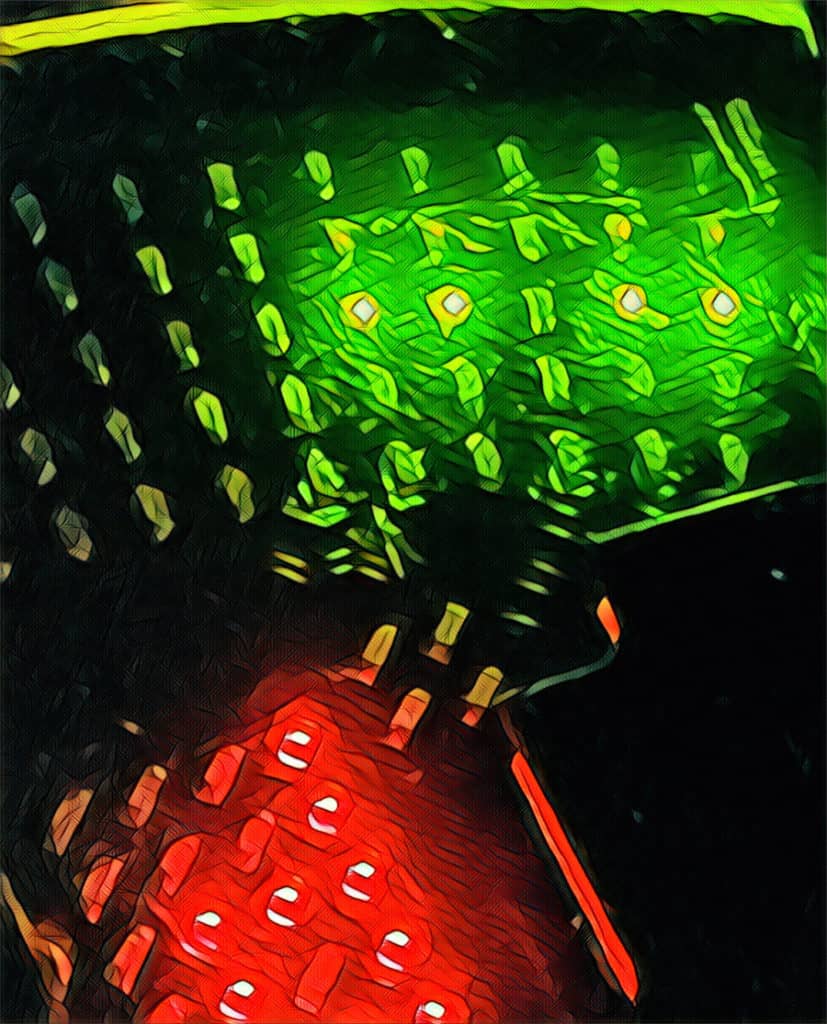
But remember the good old days when musicians had to tune with their ears? Just using your ear is such an awesomely practical and human way to understand what is going on with the physics of sound, and the perception of hearing.
Many of the extraordinary musicians who inspire us from past generations had such a keen sense for music. This was greatly due to their ability to truly listen and pick out sounds, notes, and relationships within the music with their ears.
Using music practice drones is a quick and easy way to get back into hearing more deeply and profoundly, which after all is a rewarding and enjoyable skill to develop.
By playing a music practice drone in the background of whatever scale, arpeggio, or chord we are voicing on our instruments, we enable our ears to hear those notes in their true context.
As simple as it may sound, a G major pentatonic scale sounds a lot more rich and true when it is played in context.
Whether played over a music practice drone, or a band vamping on a G major chord, the scale naturally sounds a lot more full and substantial when it has some context: much like a melody can really come alive when the harmony is added to it.
This isn’t to say that a scale can’t sound pleasant, and rich and full in its own context. But the human ear, and listeners who aren’t musicians, can feel a bigger presence and energy behind the music when these layers begin to weave together.
Try this: play an A minor pentatonic scale in a certain pattern or way without any kind of musical accompaniment, then quickly put on an A drone and play the same pattern again — does it sound richer and more musical?
Even though it was the exact same thing coming out of the instrument, the perception of the notes and scale probably felt richer and deeper.
The mind and ears will begin to pick up on this context and sound in new and interesting ways. This can improve your hearing and musicality.
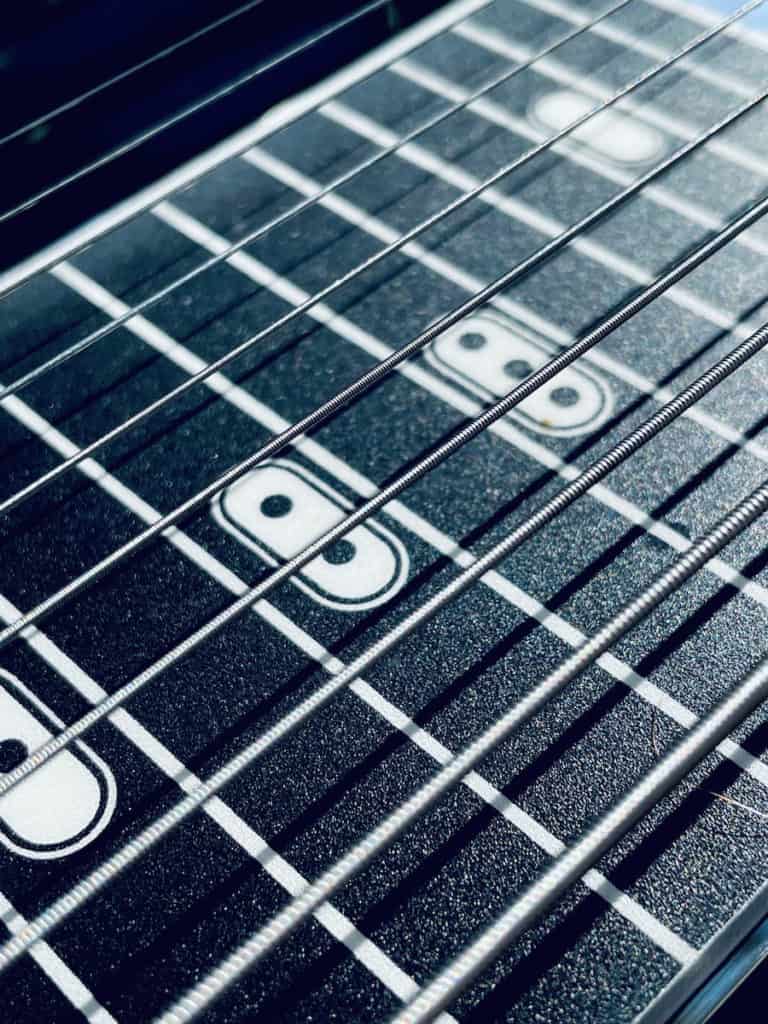
3. Utilize Them in Performance or Jams
There are often times when a band or musicians are vamping on one chord for a length of time during a performance or jam. Even though, there is no progression in the chords, these vamps provide ample space for musical creativity and can be really enjoyable and interesting for everyone playing and listening.
Music practice drones are great tools in the practice room to develop musical ideas and creativity for playing over a one chord vamp, but they are certainly expandable to the bandstand as well.
A great way to utilize this with a band, or in a group setting, is to have the bass player (and have the drummer add percussive elements as well for more sound and variety) play a single note repeatedly to act as a drone of sorts.
Sure, the bass player’s instrument won’t be able to repeat one tone as evenly and continuously as a practice drone track, but it can pretty much do the trick.
By creating a note and letting it sustain, then reengaging the note as the volume diminishes, the bass player is able to create what in effect is a continuous drone note for other players to create on top of.
This is basically a simple ingredient of the vamp, as other players can add harmonic and melodic elements on top of the bass player’s note to create more layers in the music.
This method of having the bass player create a drone track can be a great introduction to a song or jam, as it provides the initial texture for listeners to grab onto as more is built on top of it.
For example: creating a drone with the bass and some percussive elements, can lead nicely into the guitar player playing some melodic components…add in some harmonic elements from the keys and the jam or intro can shape up real nicely and provide a nice contrast for the listener compared to more common intros.
You can also replicate this in the practice room using loop pedals like Boss’s RC-300 Loop Station, which has two extra loop tracks that you could use for adding percussive elements.
Often times loop pedals are thought of as more performance-oriented effects pedals, however their use in practicing music is perhaps the most rewarding way to use them. They can be great practice tools for creating your own drones and chord vamps.
I often keep it setup in my signal chain on my practice rig, and use it mostly for laying down drone tracks, and creating chord vamps and progressions.
Having it always ready to access, and already hooked up, is pivotal in utilizing it in practice sessions as you develop techniques or have creative ideas.
Also, as you begin using a loop pedal in the practice room more often, your skills with the pedal will develop naturally…
4. Practice Looping
Creating a drone track on your loop pedal isn’t quite the same as creating a chord progression or vamp on it, but it’s actually quite straightforward.
You’ll have to work with the natural sounds that your instrument can produce, and the attack and pulse of the drone may not be perfect. However, the pitch will still be accurate and advantageous to use, and any slight imperfections will make it more human and musical, giving it character and life.
I also recommend having a volume pedal if possible, as this can help with the smoothness and continuity of the loop once it is created — otherwise it may sound like “cyclical beats”. Goodrich’s H-120 Volume Pedal (click to check it out on Amazon) is my favorite passive volume pedal to use for guitar and pedal steel.
Let’s check out how to create drones with your loop pedal…
Tips For Creating Your Own Drone
- Have your loop pedal present in your signal chain, and easy to access during your practice session.
- Get your instrument tuned up.
- Choose a pitch that you would like to be your drone: I find using a lower register note on the instrument to be more pleasing to the ears, and will often use a note in this frequency range.
- To engage the drone/loop process, play the chosen note. Do this with the volume pedal in the off position, then slowly increase the volume to where it is barely audible. Once it is slightly audible, engage the loop/delay pedal and very slowly increase the volume with the volume pedal so that it sustains the note with a slow, slight increase in volume level. After a few seconds or so, slowly diminish the sustain and volume pedal level so that it approaches the original barely audible level when you first activated the loop. Complete the loop on your loop/delay pedal around this time with your pedal.
- If done correctly, the looped note will create a drone-like repeating tone. By hiding the attack in the beginning, slightly/slowly fluctuating the volume level during, then returning to the original level at the end of the loop – the loop will have a slight pulse to it, without being interrupted by a weird transition when the loop repeats. Best of all, it will repeat automatically until you’ve had enough. Use your loop/delay pedal’s level knob to shift the drone’s volume to taste.
Once created, the loop will act like a drone track, and a player can play whatever they’d like over it. Any players that play solo performances with loop pedals can add some variety to their set by incorporating this as a soundscape, which for example could act as an intro or segue into a song.
5. Create a Song or Musical Idea With Them
Some traditions of music use drones as an essential part of their music… check out Indian Hindustani classical musician Ali Akbar Kahn for an amazing and inspiring glimpse into a virtuosic musician that often played music with drones.
And of course there’s Ravi Shankar, another great musician that also played with Ali Akbar Kahn. Also, various influential jazz musicians of the past have been intrigued and interested in Indian classical music, and began incorporating elements of it into their music and playing.
These musicians and their music provide great ideas and creative ways to incorporate drones into songs and/or musical ideas.
Beginning to use music practice drones in musical exercises and scale applications can really help with creating musical ideas and phrases. I’m often surprised at how many practice sessions I’ve done with drones where I’ve discovered musical ideas that I can incorporate into my playing.
The music practice drones often make the exercises sound more musical, and after all, isn’t that what we’re going for with the exercise anyways?! It is often refreshing and beneficial to remember that practice exercises are to help with making music!
Often the more musical we can make these exercises, and our playing within them, the more rewarding our practicing and time spent will be.
6. Learn deeply the tonal relationships between notes
What does the b7 note in the Mixolydian scale sound like when played over a chord? How about the #4 note in the Lydian scale when played over its relative chord?
Play these notes of the scale over their relative drone tracks, and you’ll really begin to hear deeply the relationships of certain notes within scales.
When we practice scales without any harmonic context or practice drones in the background, then hearing each note’s relationship to the chord it is being played over becomes a lot harder. We are usually hearing more of the relationship of the notes to each other in the scale, not to the chord it will be played over.
With the practice drone playing, we begin to hear the relationships of the notes to each other, as well as to the chord or root note they are being played over.
We begin learning more facets of the scale, as recognizing patterns between the intervals can become more pronounced and deeper for the ears and mind.
Transcribing music will become a whole lot easier when you begin to recognize more relationships between intervals of notes, and drones are a great way to practice this.
7. Make memorization of the keys, scales, and chords easier
Using music practice drones can be an awesome way to ensure that you’re spending time on all the keys, scales, chords, or arpeggios, without feeling like you’re lost in an endless maze. How? By turning on the shuffle option on your playlist.
Doing this ensures that you’ll be playing through all of the notes/pitches, as the playlist will now cycle through all of them randomly.
For instance, if you’d like to practice the Dorian scale in most of the keys, then click play on your playlist, and whenever the track switches, begin playing the new scale/key.
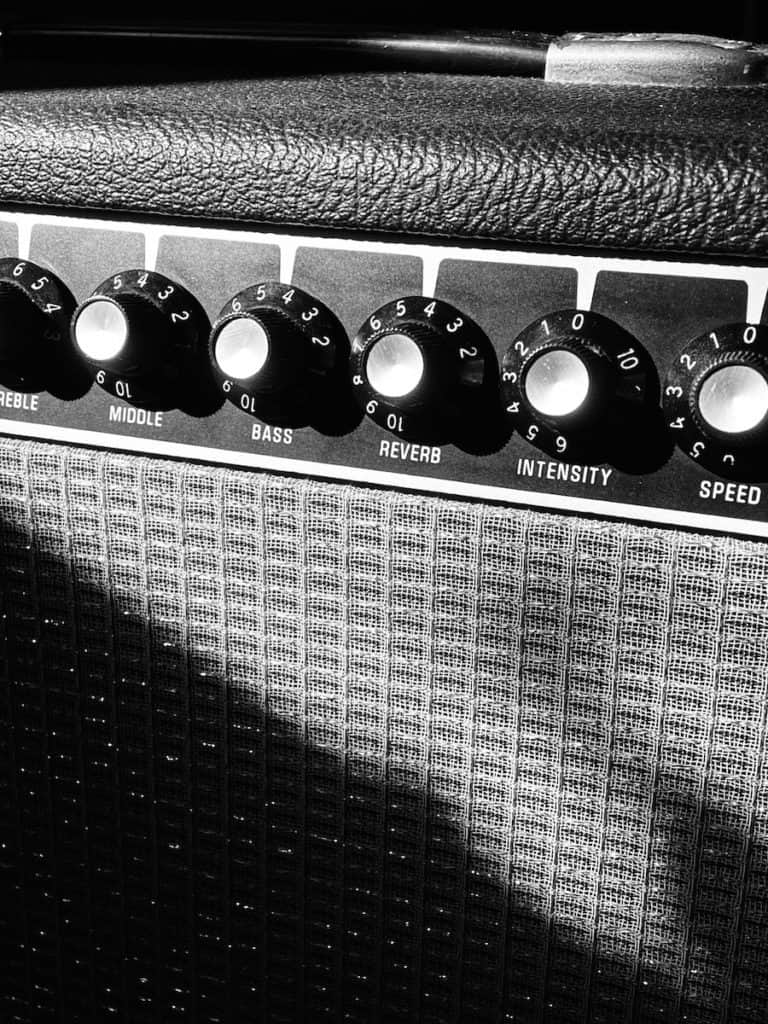
If each drone track is about 2 minutes in length for instance, then going through the playlist once in a practice session will be a solid 24 minute practice session spent on all of the keys.
Better yet, having them switch like this every 2 minutes is great for keeping focus and not getting bored with repetition…and will probably make for bigger learning gains.
If you’re feeling really groovy, then doing this once a day with each of the major modes will be a magnificent way to cover a lot of ground for a lot of material.
8. Create your own personal practice band without other musicians
Even though backing tracks are widely available and a great way to work on chord progressions, music practice drones can be a quick and easy way to accomplish similar goals in the practice room.
By having a metronome handy, and firing up the practice drone on your headphones or stereo, you’ve essentially created a rhythm section.
The metronome can act as the drummer, while the drone can act as the bass player playing a stagnant sustained root note. Tama’s RW200 Drummer’s Metronome is great to use in the practice room, and is often used by drummers to keep time and modify beats.
Having a drone and metronome is a solid way to lock in rhythm and harmonic/melodic elements when practicing, especially in the cases where backing tracks aren’t available or desired.
I love the versatility of having a drone and metronome in the practice room, and within reach during each practice session. Usually my phone is always close by, with the practice drones on my music playlist, and the metronome is right there too ready to go.
9. Improve Your Intonation
This one is great, especially for fretless instruments. Without frets, instruments like the violin, pedal steel, cello, upright bass, and slide guitar really require a player to deeply use their ear to stay in tune.
These instruments are really expressive to play, and their microtonal possibilites are fun to explore, but this also makes them challenging to play in tune.
Many of these instruments’ players use music practice drones on a more regular basis when not playing with other musicians, as a way to ensure their intonation is sharp — allowing them to play more in tune with themselves and others.
Ironically, some of the best sounding drone tracks are created by cellos, which provide a great timbre and resonance in a frequency range that is great to practice along with.
Intonation practice isn’t just limited to these instruments though, as it can benefit most musicians in various ways. Vocalists, guitarists, woodwind players, etc. can reap the rewards too.
For instance, a guitar player working on string bends can really hear when they hit the tonal center of the note their bending into when there’s a drone track playing along.
The benefits of improved intonation can also carry into tuning your instrument more effectively — your ears will really begin to dial into the tonal centers of pitches.
10. Make Practice Feel More Fun, New, and Interesting
If you’ve hit a wall when practicing a bunch of scales or technique exercises over and over again, then you know the feeling that a fresh outlook on something can bring.
Taking a break, or working on something new is often a good remedy – however, incorporating these practice drones can add spice and variety to those same scales and exercises. It is truly amazing how the ears can really come alive when practice drones are introduced into an exercise.
Next time an exercise feels monotonous and dull, see if you can incorporate a music practice drone into it somehow. It may bring a surprising new outlook to the exercise that once felt like a boring drill or chore.
Check out Mick Goodrick’s book The Advancing Guitarist: Applying Guitar Concepts and Techniques (available on Amazon), which is great for any instrument if you’re looking for a fresh perspective on music in the practice room.
Finding creative, fun, and effective ways to practice music is a great way to get the most out of practice sessions, and keep you coming back for more.
So next time you’re wondering what to play on your instrument or ways to expand your musicality, remember that practice drones are always there for you – perhaps they’ll become your new best friend in the practice room.
Thanks for checking out this page, hope it is helpful and makes playing more enjoyable! If you’re interested in diving deeper into playing E9 pedal steel, check out these resources and guides…
The Chord Guide for E9 Pedal Steel (E-Book, Digital Download)
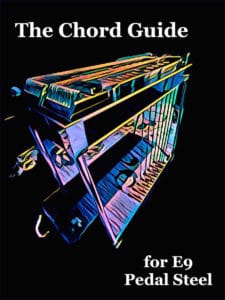
Learn the chords on the E9 neck in a way that makes playing simple and enjoyable…
- Almost Every Chord You’ll Ever Need for E9
- Intuitive and Easy to Use
- Make Use of Pedal and Lever Combinations
- Example Tabs of Chord Movements
- Easily Utilize the Nashville Number System
- Great For Any Key and Style of Music
Includes a bonus section of over a hundred pages of extra chord charts, key references, and more!
Playing Pedal Steel:
The Essentials
An easy and intuitive approach to mastering the pedal steel…
- An in-depth look at bar control, the right hand, using pedals, & the volume pedal
- Multi Angle Views – that you can always reference.
- Ways to Practice, How to Practice, What to Practice.
An online pedal steel lesson series – includes a free pedal steel EBook!
More Digital Downloads for Pedal Steel…
The Scale Book for E9 Pedal Steel
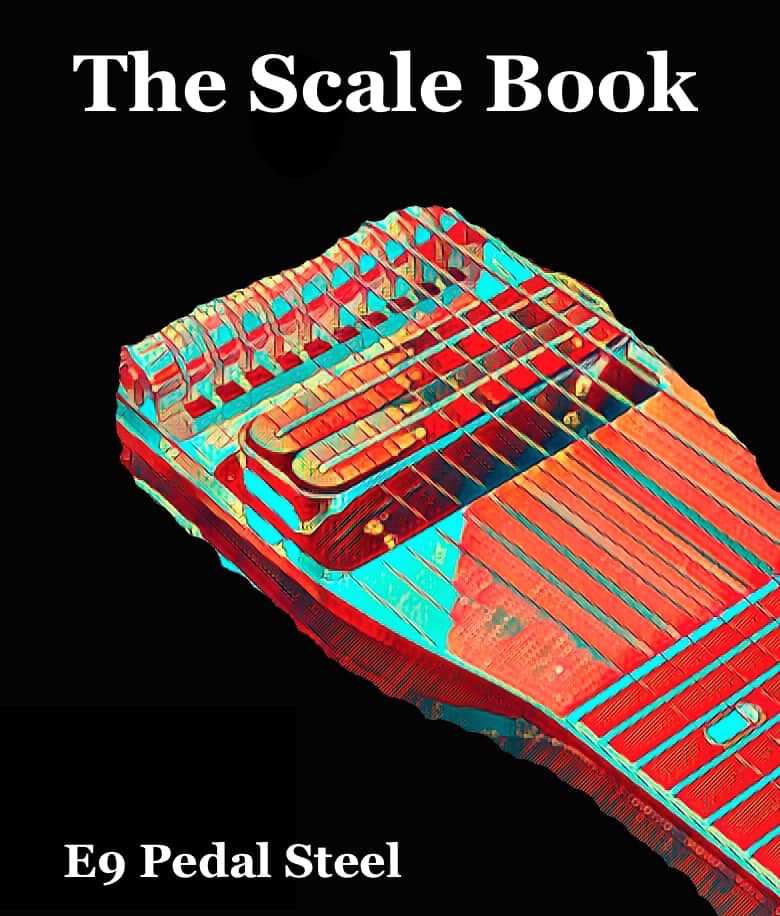
Over 1,000 Pages with Tabs and Diagrams!
- Easy to Use Reference for Practicing
- All Major and Minor Pentatonic Scales, Modes, Major Scales
- All Keys, and Covers the Fretboard
- Includes Pockets of Scales
The Art of Right Hand Technique
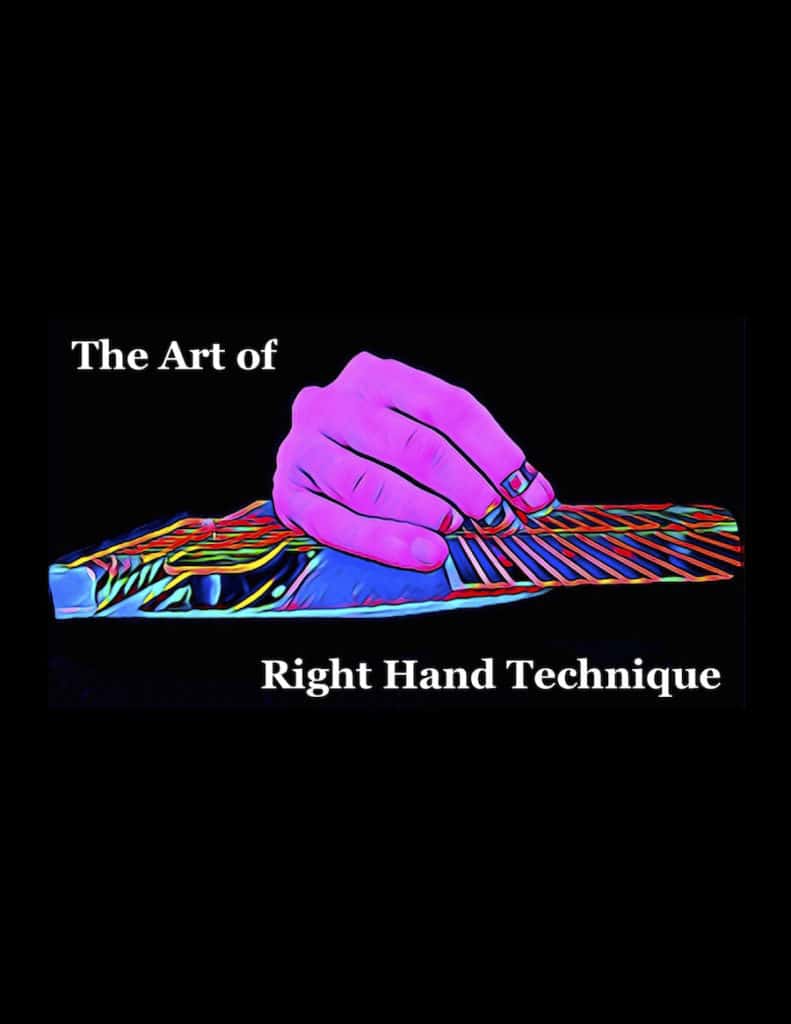
A detailed look at one of the most challenging and mysterious aspects of steel guitar playing: the right hand…
- An In-Depth Guide to Picking and Blocking
- How to Efficiently and Accurately Play Notes on Steel Guitar with Info, Advice, and Tips…
- Great for Pedal Steel, Lap Steel, and Console Steel Guitar
- Over 100 Pages with Graphics, Illustrations, & Practice Exercises
200 Country Riffs & Licks for E9 Pedal Steel
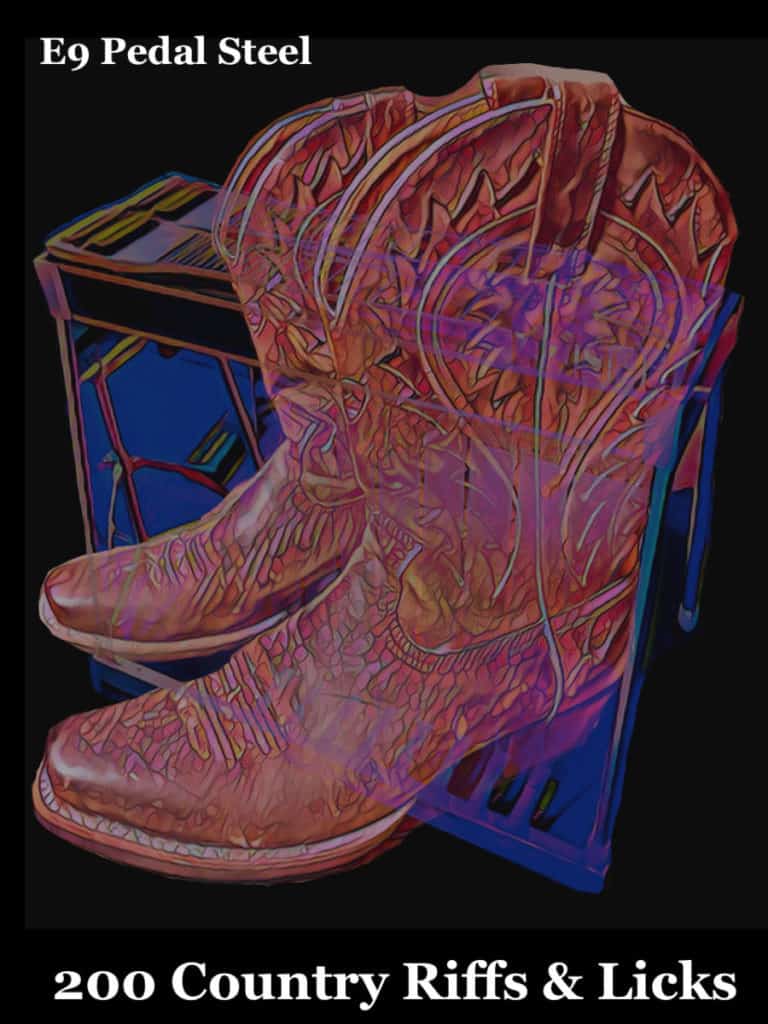
Add these country licks to your playing repertoire…
- Easy to Read Format
- Includes Rhythmic Notation
- Playing Over Chord Changes
- Great for Country, Alt-Country, & Honky-Tonk Styles
